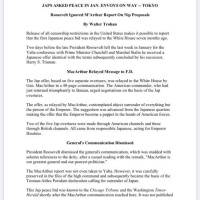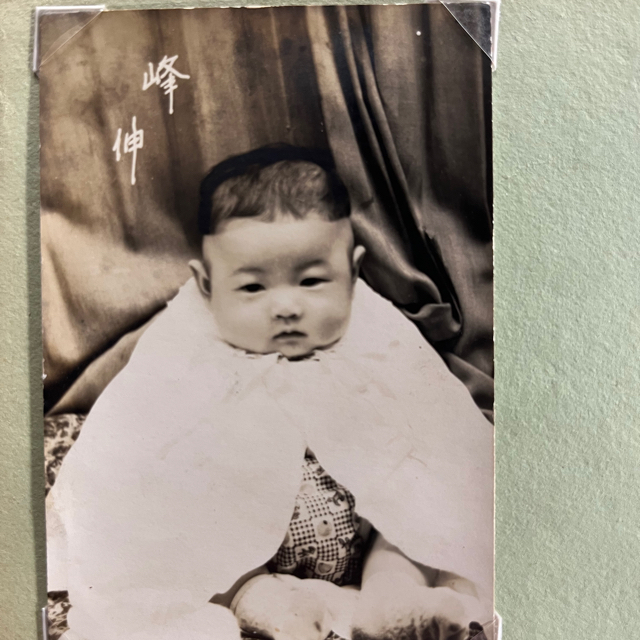ツイッターファイルその2、@BariWeiss著、2022年12月8日。
ツイッターの秘密のブラックリスト
バーリ・ワイスが、"Twitterは人々をシャドーバンしていたのか?"という疑問に対する待望の答えを提示します。それは、同社が "可視性フィルタリング "と呼ぶだけで、実際に行われていた。Twitterはまた、SIP-PESと呼ばれる別の上級評議会を持っており、知名度が高く、論争の的になるようなアカウントのケースを決定していました。
主な発見Twitterは、ダン・ボンギーノの「検索ブラックリスト」、スタンフォード大学のジェイ・バタチャリア博士の「トレンドブラックリスト」、保守派活動家チャーリー・カークの「増幅禁止」設定など、あらゆるユーザーの可視性を制御する巨大なツールボックスを有していた。ワイスはツイッターの従業員の言葉を引用している。「可視性フィルタリングは、人々が見るものを様々なレベルで抑制するための方法だと考えてください。これは非常に強力なツールです"協力:@abigailshrier、@shellenbergermd、@nelliebowles、@isaacgrafstein。
Twitter Files Part 2, by @BariWeiss, December 8, 2022
TWITTER’S SECRET BLACKLISTS
Bari Weiss gives a long-awaited answer to the question, “Was Twitter shadow-banning people?” It did, only the company calls it “visibility filtering.” Twitter also had a separate, higher council called SIP-PES that decided cases for high-visibility, controversial accounts.
Key revelations: Twitter had a huge toolbox for controlling the visibility of any user, including a “Search Blacklist” (for Dan Bongino), a “Trends Blacklist” for Stanford’s Dr. Jay Bhattacharya, and a “Do Not Amplify” setting for conservative activist Charlie Kirk. Weiss quotes a Twitter employee: “Think about visibility filtering as being a way for us to suppress what people see to different levels. It’s a very powerful tool.” With help from @abigailshrier, @shellenbergermd, @nelliebowles, and @isaacgrafstein.

























